Just because it’s mid-summer doesn’t mean it’s too late to plant. In fact, some of the best blooms and harvests of the year can come from what you put in the ground right now. Whether your garden feels half-finished or you’re just getting started, there’s still plenty of time to make it thrive.
These 16 plants are perfect for planting in late June and July, with growth cycles that let them mature quickly, withstand heat, and peak in early fall—just in time to enjoy when the weather finally cools.
If you want a garden that still looks full, vibrant, and purposeful come September, start here—with these 16 beautiful, late-season winners.
Pansies
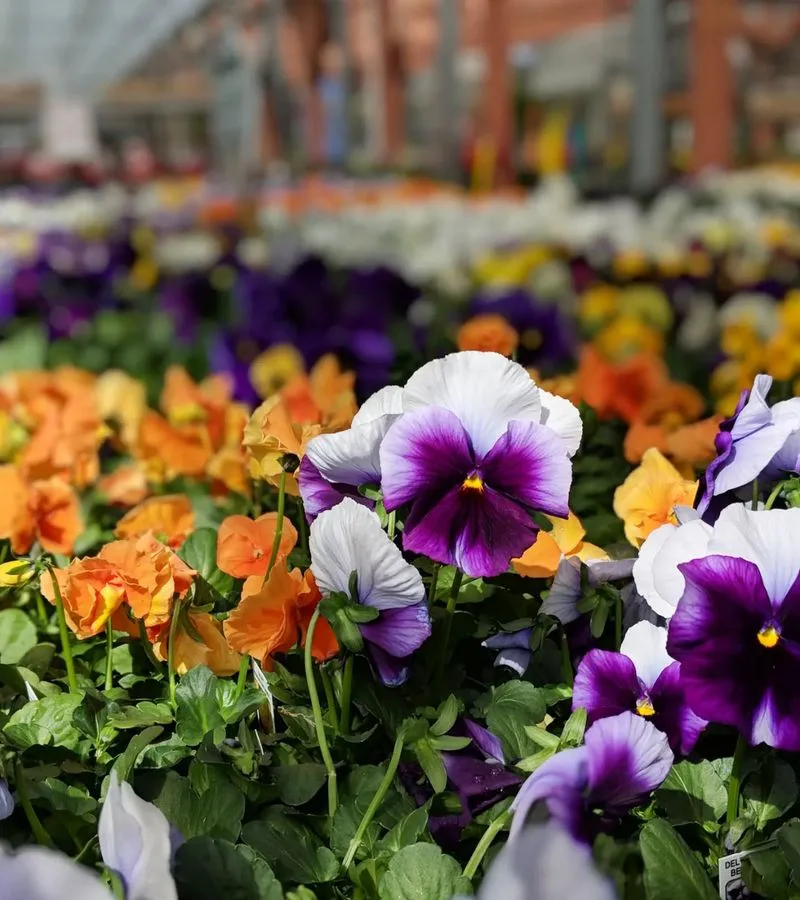
Ever seen a flower that looks like it’s smiling at you? Pansies bring that cheerful touch with their vibrant colors. Plant them now and enjoy a burst of color well into the fall season. These hardy flowers can withstand cooler temperatures, making them a perfect choice for September. Their rich hues can complement any garden style, be it traditional or modern. With minimal care, they will flourish, providing visual delight. Interestingly, pansies have been a gardener’s favorite since the 19th century. Search for a variety that matches your garden’s palette for the best result.
Swiss Chard

Swiss Chard adds a splash of color not just to your plate but to your garden as well. Its vibrant stems, ranging from deep red to bright yellow, are a feast for the eyes. While it’s often grown for its nutritional value, it’s also prized for its aesthetic appeal. Plant it this September and watch it thrive in cooler weather. It’s not just a plant; it’s a statement piece. Consider using it as a border plant to outline your garden beds. These hardy greens can endure the initial autumn chill, continuing to flourish with ease.
Snapdragons
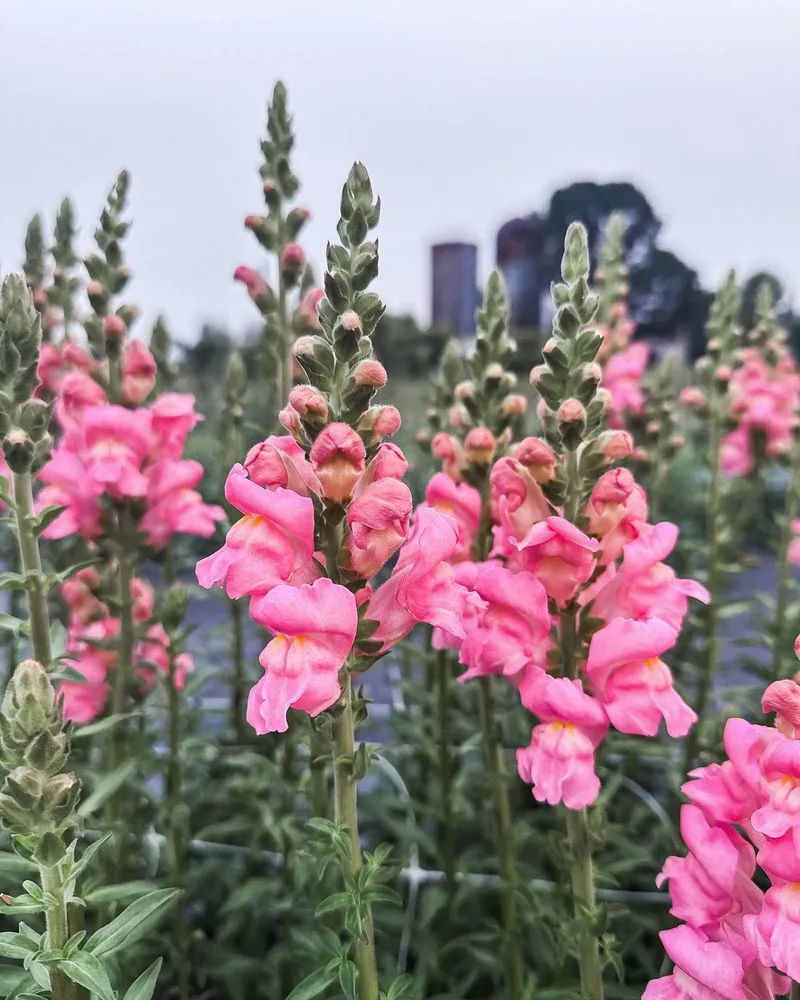
Known for their dragon-shaped blooms, snapdragons can add a whimsical touch to your garden. They’re not just pretty faces; these flowers tolerate the early frost and continue to bloom in cooler weather. Plant them now, and they’ll reward you with vibrant colors that last until the first hard frost. Snapdragons are versatile, fitting into both formal and casual garden layouts with ease. Their availability in a multitude of colors allows you to experiment with different garden themes. An interesting tidbit: the name ‘snapdragon’ is derived from the resemblance of the flower to a dragon’s mouth.
Kale
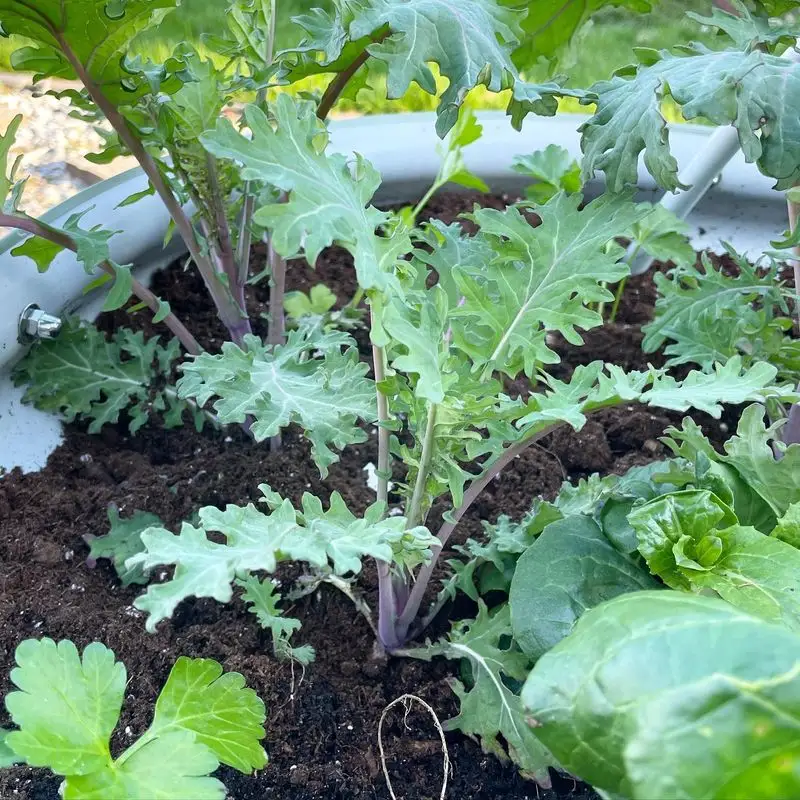
Kale isn’t just for smoothies. This leafy green is as resilient as it is nutritious, thriving in the cooler months. Planting kale in September gives it enough time to establish before the frost hits, ensuring a hardy crop. It’s a plant that keeps on giving; harvest its leaves for fresh salads or smoothies as needed. The low-maintenance nature of kale makes it a wonderful addition to any garden. Fun fact: kale has been cultivated for over 2,000 years, making it one of the oldest forms of cabbage.
Violas

Think of violas as pansies’ smaller, daintier cousins. Their petite blooms can add an elegant touch to your garden’s September display. These flowers are known for their ability to thrive in cooler temperatures. Planting them now allows their blooms to continue into the fall, adding charm to your garden beds or containers. They’re perfect for gardeners looking to add a subtle splash of color. Violas also have a history of culinary use, often candied or used to garnish salads. Their versatility extends beyond the soil.
Cabbage
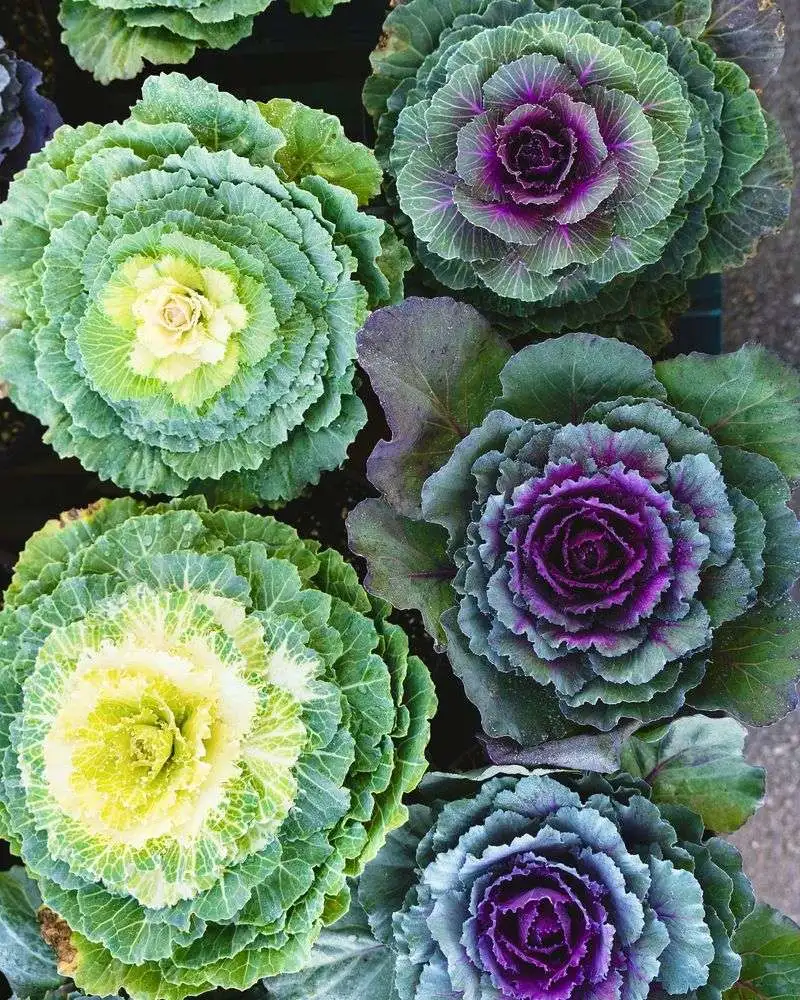
Cabbage may not be the most glamorous plant, but its robust nature makes it a reliable choice for fall planting. With firm, dense heads, it can withstand the chill of autumn and continue to grow. September planting allows the heads to mature just in time for hearty winter dishes. Cabbage also plays well with other plants, making it a versatile companion in the garden. Its history is rich, dating back to ancient Europe, where it was a staple in the diet. Embrace its simplicity and enjoy its crunchy texture.
Garlic
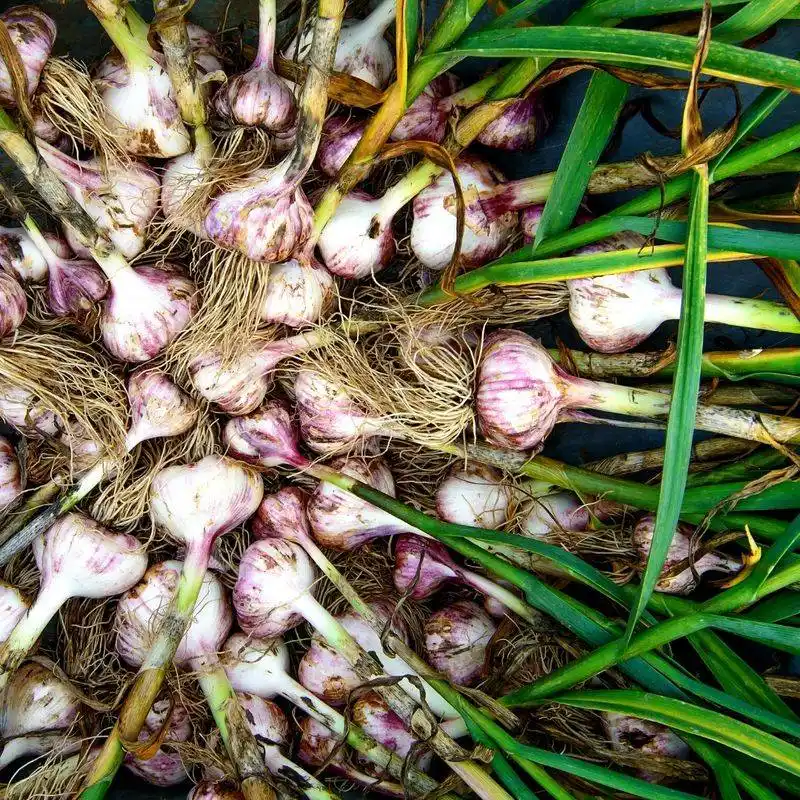
Garlic is a kitchen staple, and planting it in September ensures a robust harvest next year. This bulbous plant requires a period of cold to develop properly, making fall the perfect time to plant. Once in the ground, this plant demands little attention. Its green shoots in spring signal the coming of your next crop. Garlic’s history is as rich as its flavor, with roots tracing back to ancient civilizations. Its resilience and utility make it a must-have for any garden enthusiast looking to enhance their culinary experiences at home.
Dianthus
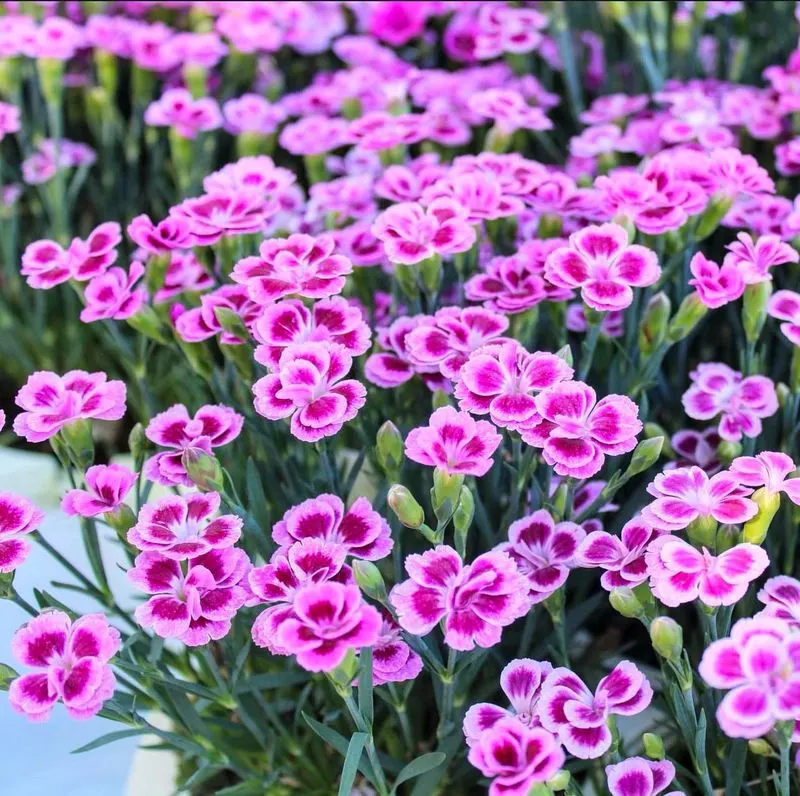
Dianthus, with its spicy fragrance and fringed petals, injects an element of surprise into the garden. Planting it in September allows for a late-season display that can last until frost arrives. Its compact size makes it a fantastic choice for borders and edging in garden beds. Despite its delicate appearance, dianthus is tough enough to withstand early frost. Historically, the name ‘dianthus’ means ‘divine flower,’ and it certainly lives up to that moniker. With a little care, you’ll find this flower to be a stunning and fragrant addition.
Carrots
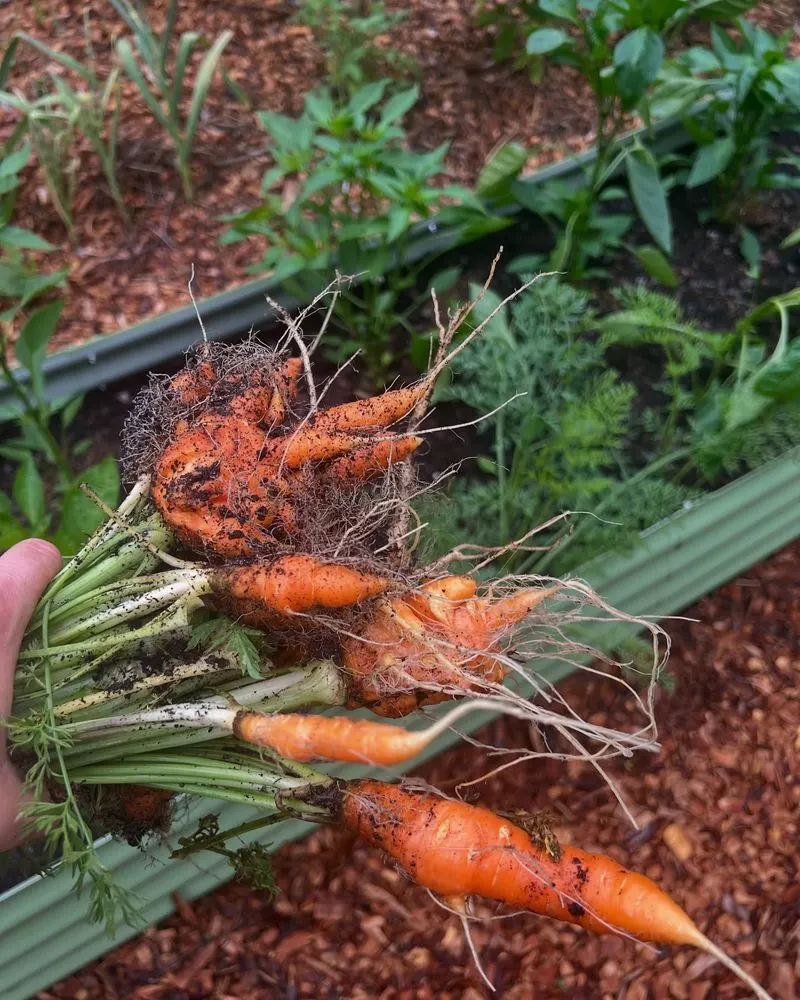
Carrots are more than just a snack for rabbits. This root vegetable is perfect for fall planting, as it thrives in cooler temperatures. September is an ideal time to sow carrot seeds, ensuring they develop sweetness as the weather cools. Carrots are a gardener’s delight due to their ease of growth and versatility in the kitchen. Whether roasted, pureed, or eaten raw, they offer a delightful crunch. Their vibrant orange hues also add a pop of color to the garden. Did you know? Purple was the original color of carrots before the more common orange variety was cultivated.
Radishes
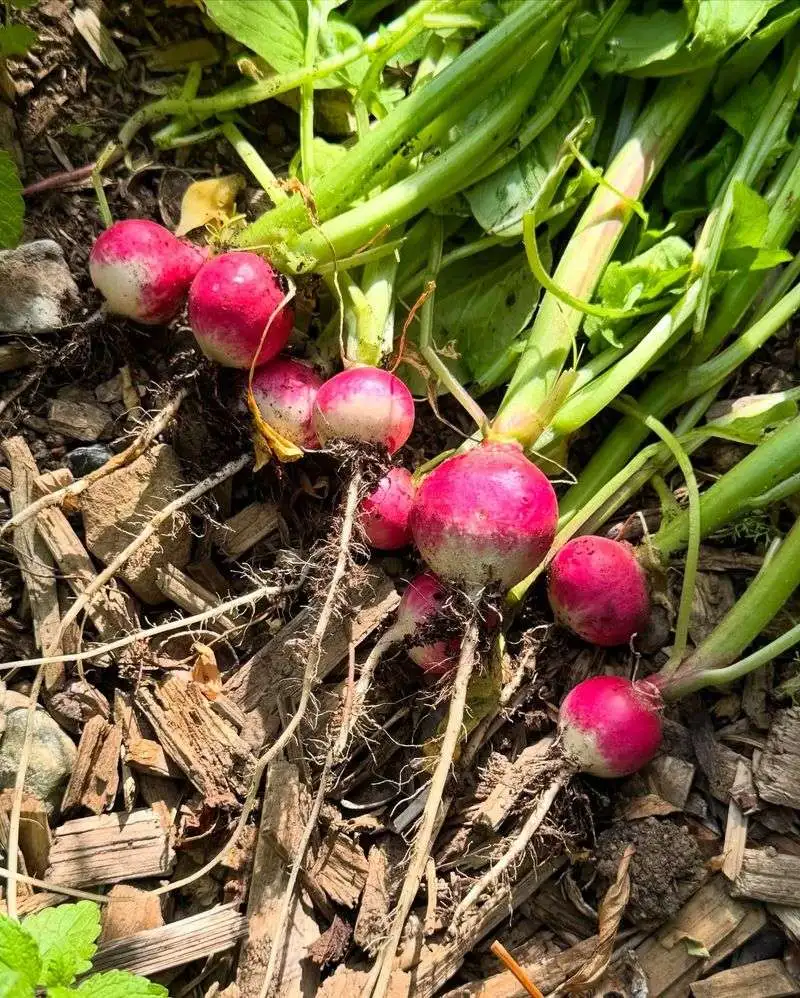
Radishes are quick to mature, making them a rewarding choice for those looking to enjoy a speedy harvest. These crisp roots are best sown in September, allowing them to develop a spicy flavor in the cooler air. Radishes are perfect for gardeners with limited space, as they can be interplanted with slower-growing crops. Their vibrant reds and whites add interest to any vegetable plot. Fun fact: radishes were one of the first European crops brought to the Americas. Their history and ease of growth continue to make them a beloved garden staple.
Lettuce
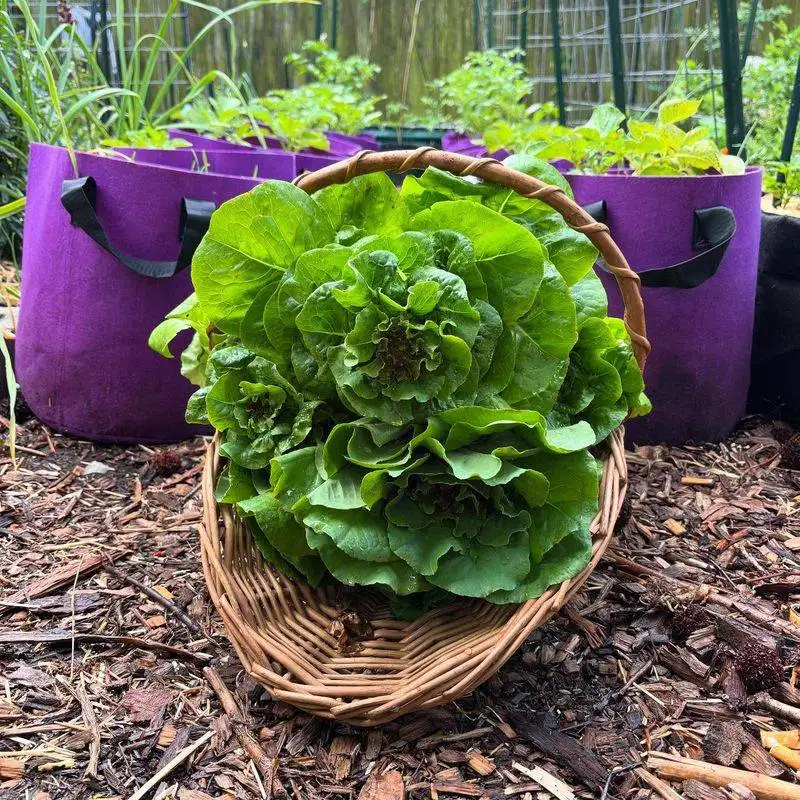
Lettuce is a versatile green, favored for its fresh, crisp texture. September is a favorable time for planting, as the cooler temperatures prevent it from bolting. It’s an excellent choice for those who wish to enjoy salads straight from their garden. Lettuce varieties range from butterhead to romaine, each offering unique flavors and textures. This plant is easy to grow and can be harvested continuously, providing a steady supply of greens. Historically, lettuce was first cultivated by the ancient Egyptians, and its popularity has only grown since.
Mustard Greens
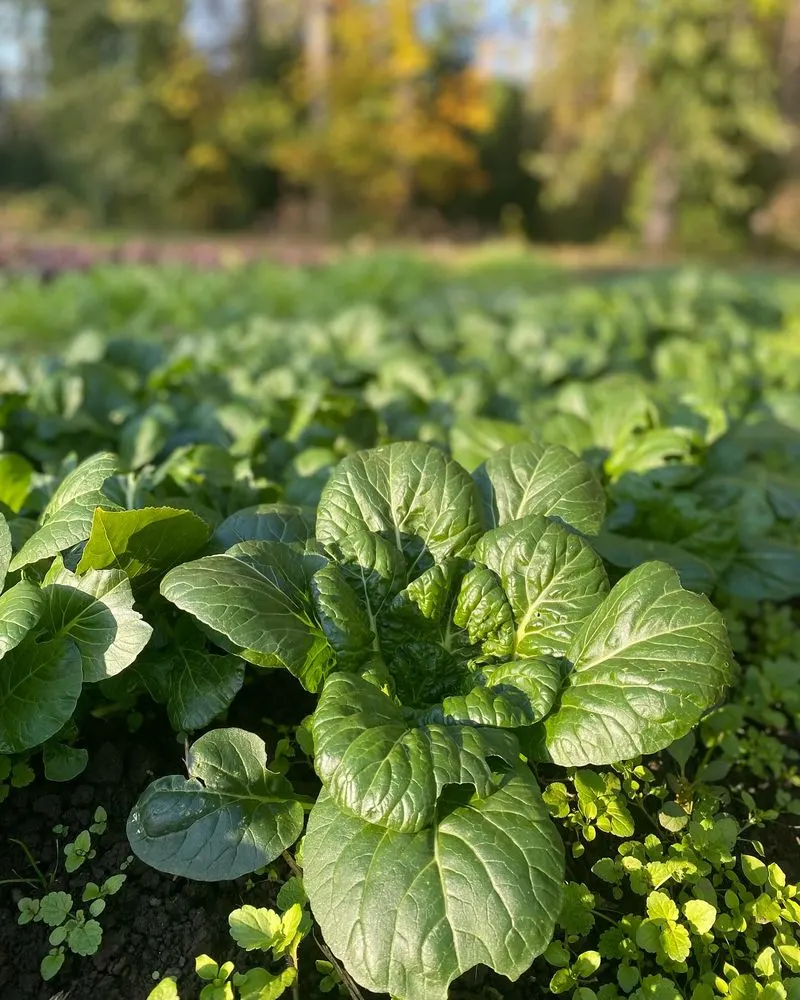
If you enjoy a little spice in your greens, mustard is an excellent choice for fall planting. This leafy vegetable thrives in cooler weather, and September is an ideal time to get it in the ground. The peppery taste of mustard greens can add a punch to salads and stir-fries. Not only are they flavorful, but they also offer a host of nutritional benefits. Their rapid growth rate makes them an attractive option for gardeners eager to see results. A staple in Southern cuisine, mustard greens are as bold in flavor as they are in history.
Peas
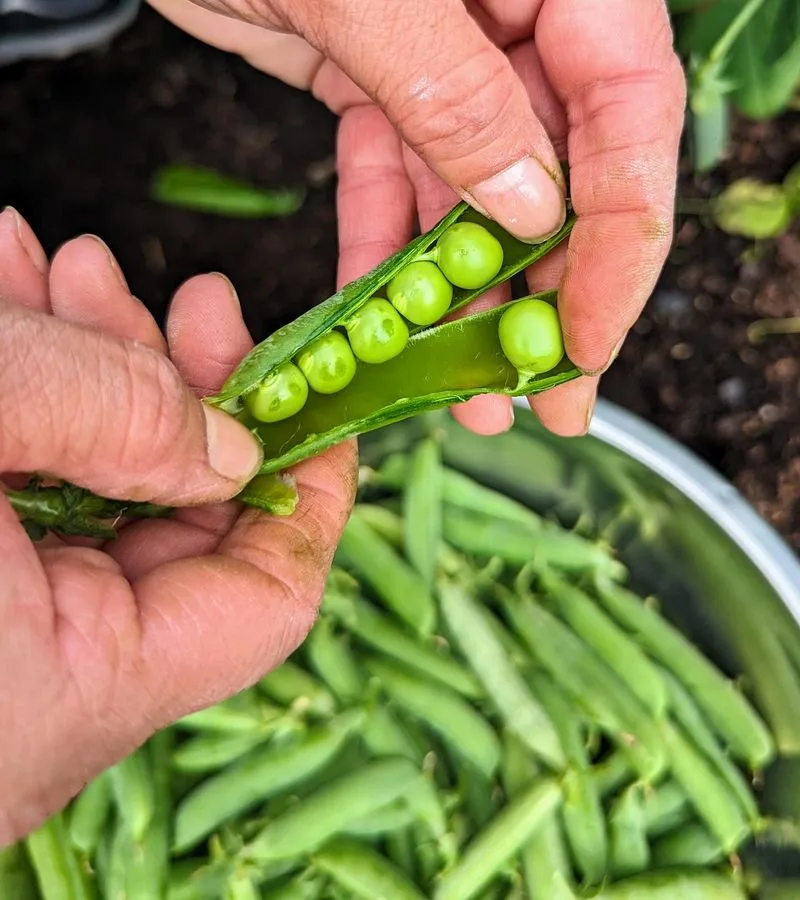
Peas, with their sweet, tender pods, are a joy to cultivate during the fall. Planting in September takes advantage of the cooler weather, which is ideal for their growth. These plants can be trained to climb, making them suitable for small spaces. Peas provide a bountiful harvest that can be enjoyed fresh or frozen for later use. Their nitrogen-fixing ability also enriches the soil, benefiting your garden’s biodiversity. Did you know? Peas have been grown for over 5,000 years and were among the first crops to be domesticated by humans.
Arugula

Arugula, known for its peppery bite, is a gourmet green that thrives in fall’s cooler temperatures. September planting ensures a steady supply of fresh leaves for salads and garnishes. This fast-growing leafy green requires little maintenance, making it a favorite for busy gardeners. Its sharp flavor can enhance a variety of dishes, from pizzas to pastas. Arugula’s origins trace back to the Mediterranean, where it has been enjoyed for centuries. Its ease of cultivation and quick growth make it a practical and delicious addition to any garden.
Spinach

Spinach is not just Popeye’s favorite; it’s a powerhouse of nutrition that’s perfect for fall planting. The cooler weather of September is ideal for spinach seeds to germinate and grow. Its tender leaves can be harvested continuously, offering a fresh supply of greens for cooking or salads. In addition to its dietary benefits, spinach is known for being easy to grow, even in small spaces. Historically, spinach was first cultivated in ancient Persia, and its popularity has spread worldwide due to its versatility and health benefits.
Beets
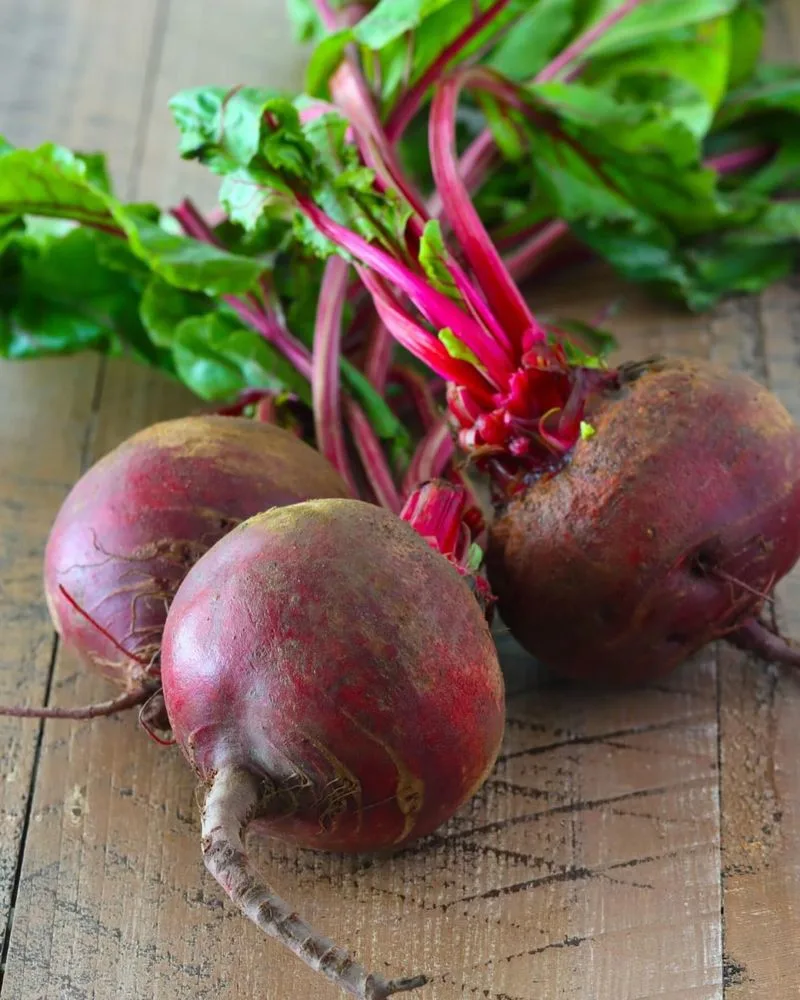
Beets offer a dual purpose in the garden, providing both edible roots and nutritious greens. Planting them in September ensures a rich, earthy harvest as the temperatures drop. Beets are relatively low maintenance, requiring only basic care to thrive. Their vibrant color and sweet taste make them a unique addition to any vegetable garden. Beets have a storied history, prized by the ancient Romans for their medicinal properties. Whether roasted, pickled, or juiced, they bring a robust flavor to the table and a splash of color to your garden.

